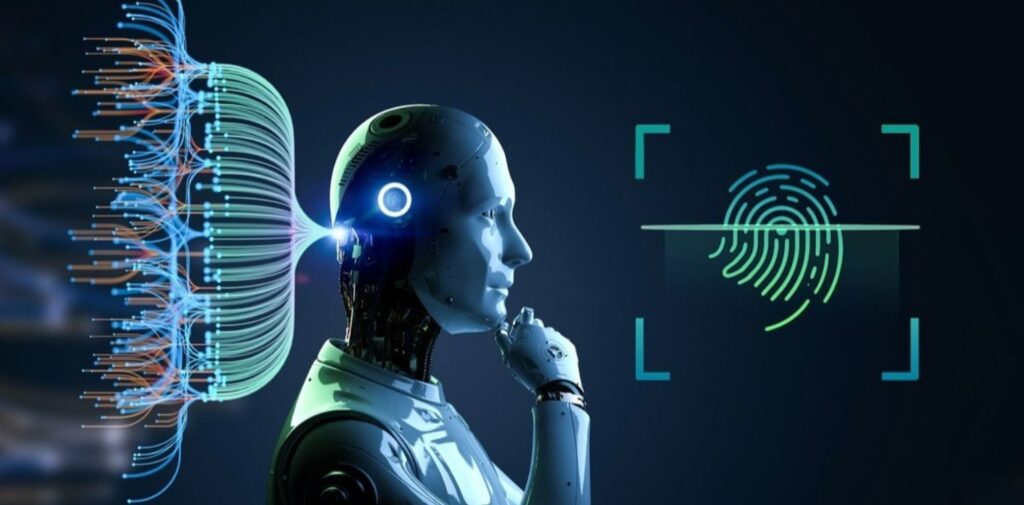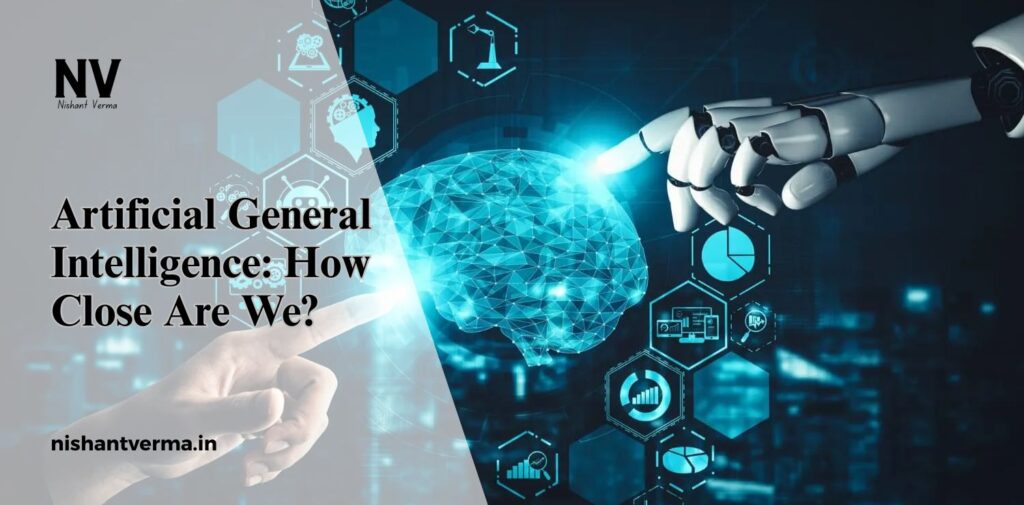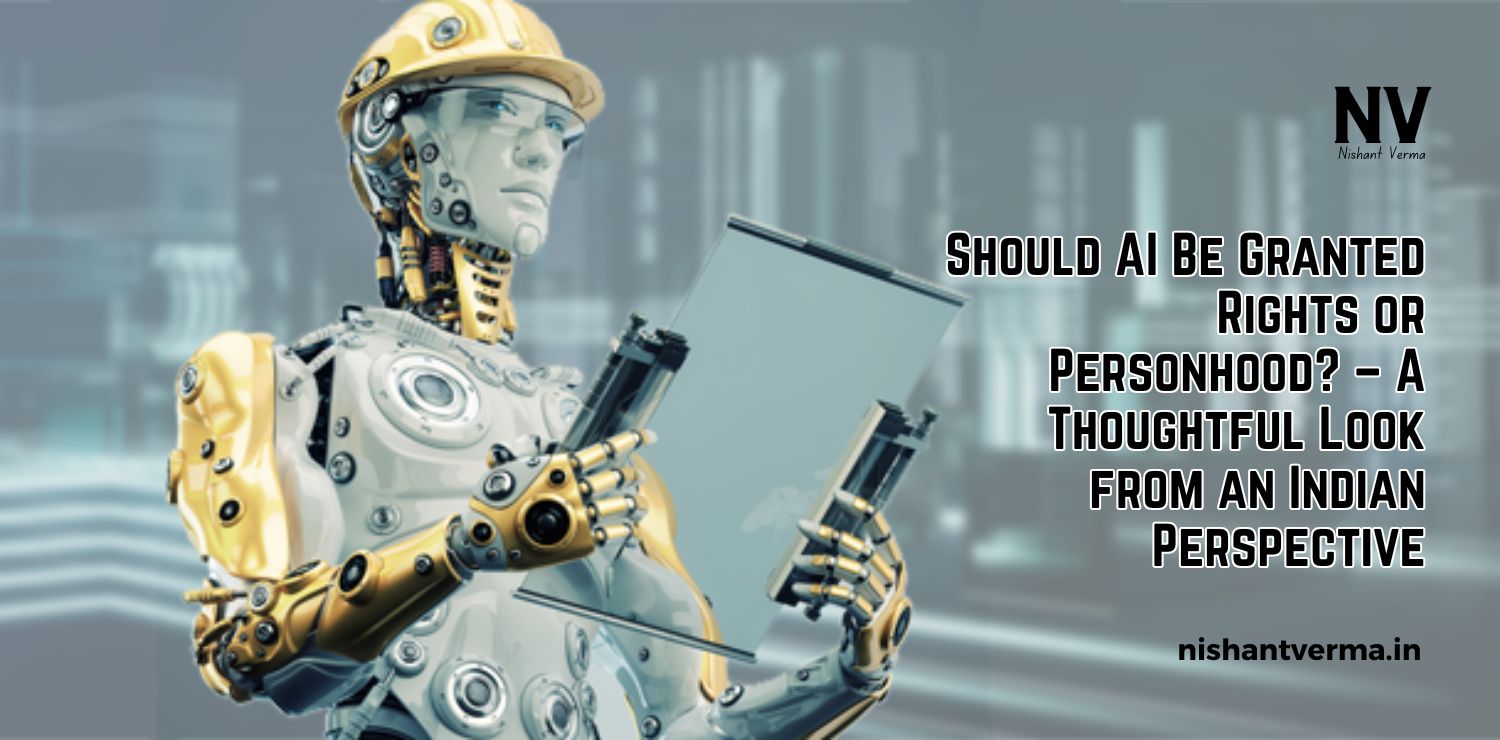Artificial Intelligence (AI) has become one of the most talked-about topics in recent years. From chatbots that can answer your questions to machines that can diagnose diseases, AI is already part of our daily lives. But there is one big dream that scientists and researchers around the world are still working towards – Artificial General Intelligence, or AGI. This dream is about creating a machine that can think and reason like a human being, not just follow instructions.
This article will explain what AGI is, how it is different from the AI we have today, the current progress in this field, and how far we are from achieving it. It is written in simple and easy-to-understand language, especially keeping the Indian audience in mind. After reading this, you will have a clear idea about the future of AGI and whether it is just a dream or soon to be a reality.

What is Artificial General Intelligence?
Artificial General Intelligence, or AGI, refers to a type of AI that can understand, learn, and apply knowledge in a way similar to human beings. It can perform any intellectual task that a human can do. This is very different from the current AI systems we use, which are known as Narrow AI or Weak AI.
Narrow AI is designed to do specific tasks. For example, Google Maps helps you find the best route, and Netflix recommends movies based on your preferences. These systems are intelligent, but only in their particular areas. They cannot do tasks outside their programming. On the other hand, AGI would be like a human brain. It can learn new things on its own, reason like humans, and adapt to new situations without needing extra coding.
How is AGI different from today’s AI?
To understand the importance of AGI, let’s take an example. Imagine a chess-playing computer like Deep Blue or a language model like ChatGPT. These tools are very smart in their specific tasks. But they cannot cook food, drive a car, or understand emotions. A human, however, can do all these things with training or experience.
AGI aims to build a machine that can do anything a human can do. It should be able to reason, solve problems, make decisions, and even show creativity and emotions. It should also be able to transfer knowledge from one domain to another, something humans do naturally. For example, if you know how to ride a bicycle, learning to ride a scooter becomes easier. AGI should have this kind of general learning ability.

Where do we stand today?
Right now, we are still far from true AGI. Most of the AI tools available today are still narrow in their scope. They are very good at specific tasks but cannot move beyond that. Companies like OpenAI, Google DeepMind, and Meta are working on advanced AI systems that are getting closer to AGI, but we are not there yet.
There have been many breakthroughs in AI research in the last few years. Large Language Models like GPT-4 and beyond can understand and generate human-like text. Some AI models can create music, write code, design artwork, and even pass medical exams. But these are still examples of advanced Narrow AI. They do not truly understand what they are doing; they follow patterns and instructions.
AGI will require a deeper understanding of human brain functioning, consciousness, emotions, and general intelligence. This is a very complex problem, and even scientists are unsure how long it will take to solve.
How close are we to achieving AGI?
This is the million-dollar question, and the answer depends on whom you ask. Some experts believe that AGI is just 10 to 20 years away, while others say it may take more than 50 years – or may never happen at all.
One of the major challenges is understanding how the human brain works. Even after decades of neuroscience research, we still do not fully understand how intelligence, memory, emotions, and consciousness arise in the brain. Without this knowledge, it is difficult to create machines that can truly replicate human intelligence.
Another challenge is safety and ethics. Even if we build AGI, how do we make sure it behaves ethically and safely? What if an AGI system becomes too powerful and uncontrollable? These are real concerns, and many scientists believe we should proceed very carefully.
However, the rapid speed of AI development is promising. India, too, is making progress in AI research and development. Institutions like IITs, IISc, and startups are contributing to the AI field. The Indian government has also launched several initiatives to promote AI in sectors like healthcare, agriculture, and education. As AI grows, our country has a good chance of becoming a key player in the AGI race.
Why should India care about AGI?
India has a large and young population, with a growing digital infrastructure. With more people getting access to smartphones and the internet, AI can help solve many of our national challenges. AGI, if developed responsibly, can bring huge benefits.
In healthcare, AGI can assist doctors in diagnosis and treatment, especially in rural areas where there is a shortage of medical professionals. In education, AGI can provide personalized learning for students in their regional languages. In agriculture, AGI can guide farmers with climate-based crop decisions. In governance, AGI can help in improving public services and transparency.
At the same time, we need to prepare for the changes AGI might bring. It could impact jobs, privacy, security, and the way we live our lives. Therefore, it is important for India to not only be a user of AGI technologies but also a contributor in building and shaping them.

The road ahead: Is AGI worth the wait?
Developing AGI is not just a technical problem. It involves understanding human behavior, emotions, morality, and culture. Building a machine that can think like a human is perhaps the greatest challenge in science and technology.
But the journey itself is pushing the boundaries of what we can do. The research on AGI is helping us build better AI tools even today – smarter chatbots, more accurate predictions, faster processing, and so on. Whether or not we achieve AGI soon, this journey is already changing the way we work, learn, and live.
Conclusion:
In conclusion, AGI is still a work in progress. It may take decades, but the efforts toward it are already creating value. India, with its tech talent and growing innovation ecosystem, can play a major role in this journey. As citizens, we should stay informed, be curious, and support ethical and responsible use of AI.
The question “How close are we to AGI?” does not have a fixed answer. But one thing is clear – we are moving closer every day, and the future will be shaped by how wisely we develop and use this powerful technology.




